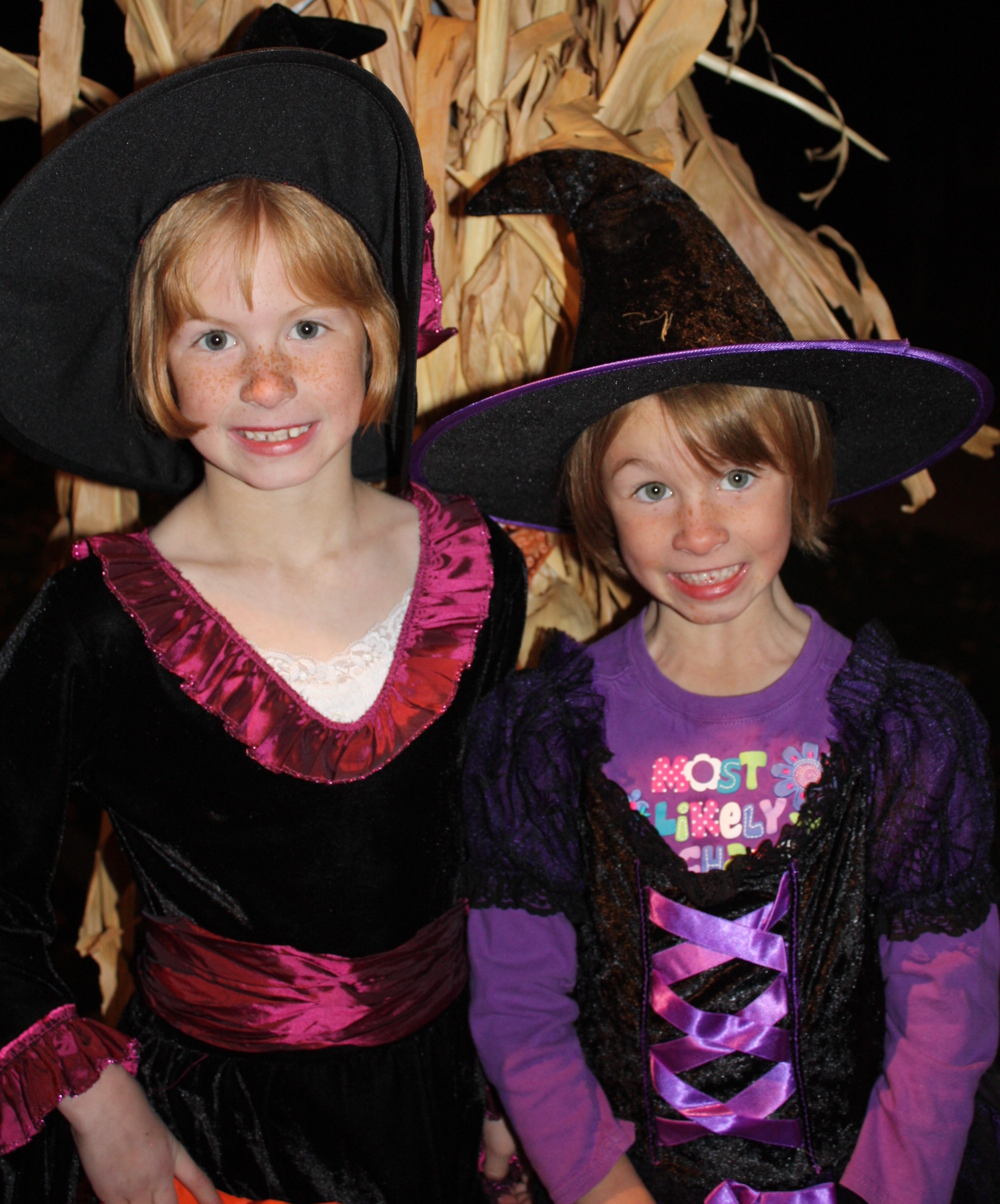 Halloween is creeping up… and ghosts and goblins are jumping out at us along with witches and vampires.
Halloween is creeping up… and ghosts and goblins are jumping out at us along with witches and vampires.
How do you help a child who is scared of everything make it through the Halloween season?
Young children can have a hard time determining what is real and what is imaginary. They honestly can’t differentiate between the two. Sometimes, it is not just the things they see, but rather what their little minds create, what is known as “magical thinking,” that can frighten them.
To put it in a regular-day, not Halloween related context, an example of a common “magical thought” can be seen when a child is scared to take a bath because she sees the water going down the drain and thinks she might be washed down with it. As adults we know this is impossible, but young children do not.
This same magical thinking causes children to believe that ghosts and goblins might come after them at night.
So, what can you do to help your child who is scared? Here are 5 suggestions:
-
1. Don’t try to minimize the fear. Be there to support your child. The fear is real to him. Hold his hand, walk on the other side of the street, whatever it takes to support him.
-
Identify what your child is afraid of. Once your child is able to verbalize her fear, or when you are able to figure it out if your child is unable to verbalize, you can help decrease the anxiety. Is your child scared of the many creepy things walking around and people running everywhere? Maybe she doesn’t like going up to strangers’ houses (not necessarily a bad thing on normal evenings!). Or is it that your child is scared of Halloween because it’s dark outside?
-
Help your child deal with his fear, don’t force him to eliminate the fear. Help your child understand what he is scared of and listen to why he is afraid. Help put the scary thing into perspective. Many things at Halloween were invented to let people have fun scaring each other.
-
Recognize signs of anxiety. Some obvious signs of anxiety include your child clinging to you with a vice grip hold you didn’t know her tiny hands could accomplish. Crying, shrieking or hiding behind you are also more obvious signs of anxiety. Short breaths, timid steps, and slowing down while walking towards something are slightly less obvious signs of anxiety. Appearing angry or more violent (hitting or kicking you or siblings/friends) are also possible signs of anxiety.
-
Be Flexible. Maybe Halloween is your most favorite holiday and you like to go all out…you might need to adjust a bit for a year or two. If your child is scared of the dark, find day time, child-friendly Halloween events (check out local malls or Trunk-or-Treats). If your child is scared of going to strangers’ houses, take him to a few of your neighbors’ houses and call it a night. For children who are scared of all of the creepy things that go Boo in the night, turn off your lights and go to a back room, or bedroom to play a game or cuddle and read stories.

Thank you. Understanding how children fear is very insightful. When I was little I was afraid of the wicked witch in the Wizard of Oz. Even though my parents told me that witches were only pretend, I did not believe them. I used to leap into my bed so that the wicked witch could not catch my feet. I also thought she might be in the basement in our house, so someone always had to go downstairs with me.
EFP
It’s amazing how little minds work! 🙂